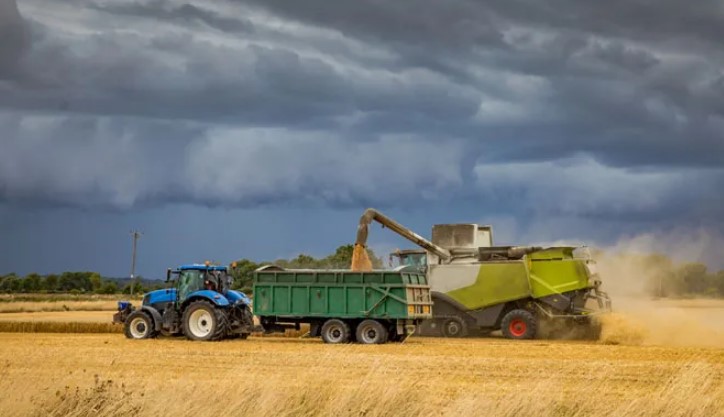Climate change poses a great threat to the fresh produce industry. With rising temperatures and unpredictable weather patterns, businesses are likely to continue struggling to keep up with food production demands.
At the same time, changing consumer trends and expectations are creating an increasing demand for fresh produce. As a result of these changes, the way fresh produce is distributed has also been diversifying.
During difficult times, the survival of a business hinges on its processes and the methods used to weather major storms.
Silo for produce wholesale distribution is an innovative solution that empowers businesses through better management. With Silo, you can automate accounting to track what matters, access a centralized database for a single source of truth, and benefit from hyper-fast selling.
Regardless, this article will explore how climate change is impacting fresh produce distribution.
Factors of climate change that affect fresh produce distribution
Here are the various ways in which climate change affects fresh produce distribution.
Higher temperatures
Increasing temperatures can affect the growth, development, and storage of produce, especially during its critical stages. High temperatures can lead to reduced overall yield, poor quality, and a shorter shelf life.
Changes in precipitation patterns
Climate change can also cause changes in precipitation patterns. Changes in rainfall patterns can cause droughts, floods, or other water-related stresses that can impact production and distribution.
Extreme weather events
Extreme weather events like hurricanes, tornadoes, and heat waves are becoming more frequent and intense due to climate change. These events can lead to significant losses in fresh produce during production and distribution.
Pest and disease pattern alterations
Changes in temperature and precipitation patterns can create favorable conditions for pests and diseases, which can spread and cause catastrophic damage.
The impact of climate change on fresh produce distribution
Here are the various impacts of climate change on fresh produce distribution.
Increased transportation costs
Transportation infrastructure has been affected through increased expenses. Higher temperatures mean greater refrigeration is needed to get stock from point A to point B. Extreme weather also leads to disruptions during transportation.
These costs are then passed down to the consumers, leading to overall higher fresh produce prices.
Changes in demand for certain produce
Climate change can also lead to changes in consumer demand for certain produce. For instance, consumers may shift towards purchasing produce more resilient to extreme weather conditions, decreasing demand for other produce.
Strategies to address the impact of climate change
To address these challenges, here are some strategies that can be employed.
Improve infrastructure and technology
Improving infrastructure (e.g., storage facilities, transportation networks, and communication systems) can help mitigate the impact of extreme weather events on fresh produce distribution.
Adopting new technologies, such as ERP solutions and remote monitoring, can also help increase resilience and reduce the environmental impact of the food supply chain.
Expand local food systems
Expanding local food systems, such as farmer’s markets and community-supported agriculture (CSA), can reduce the transportation distance of fresh produce, thereby reducing the carbon footprint of the fresh produce distribution industry. This can also increase the availability of fresh produce and create economic opportunities for local businesses.
Invest in sustainable practices
Sustainable practices can also help mitigate the effects of climate change. By using sustainable practices, such as efficient water use and food waste reduction, businesses can reduce their impact on the environment.
Businesses also benefit from investing in sustainable practices, as it can also help reduce input costs, resulting in more affordable fresh produce for consumers. At the same time, sustainable methods can increase the quality of fresh produce, making it more desirable to buyers. This can lead to higher overall profits.
The impact of climate change on fresh produce distribution can be reduced
Climate change is having a significant impact on the distribution of fresh produce. Extreme weather events are becoming more frequent and severe, with rising temperatures creating challenges for distributors that require them to adjust their supply chains accordingly.
After all, climate change is impacting the transportation and quality of fresh produce, requiring faster transportation methods and increased refrigeration to combat delays and disruptions in delivery.
Although it’s likely to remain a significant challenge for the industry in the future, distributors are adopting new technologies and strategies to mitigate the impact of climate change.

